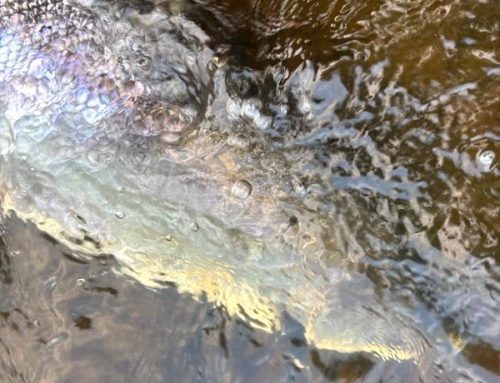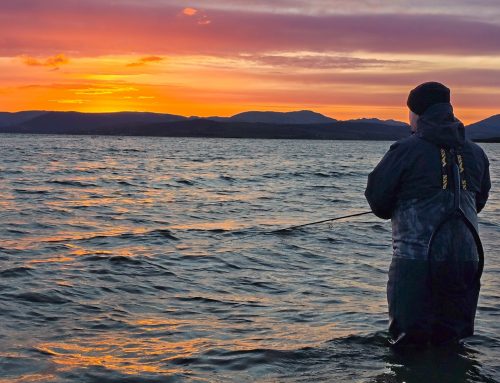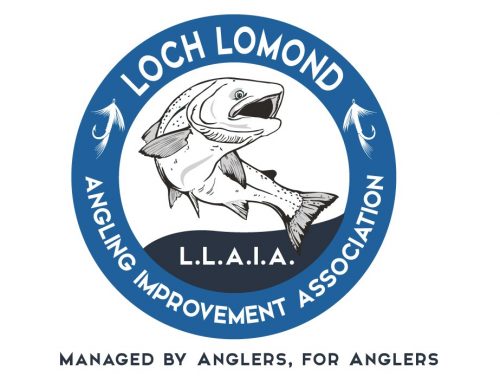Following recent periods of prolonged downpours there has been reference made to at least one observation of sewerage discharge into the River Leven.
In order to increase awareness of the underlying process and reasons that can lead to such cases then it is perhaps worthwhile explaining the currently agreed licensed system operated by Scottish Water in order to avoid any confusion concerning the current arrangements including role, responsibilities and what is permitted.
Combined Sewers Overflows (CSOs)
One of the most important things Scottish Water do is protect public health by taking away waste water from homes, businesses and communities to be treated and returned safely to the environment. Waste water can include waste from toilets, sinks and showers and rainwater from roofs and gardens.
Most sewer pipes are ‘combined sewers’. This is usually one single pipe that combines both waste water from our homes and businesses (toilets, sinks, showers, baths etc) and surface water from roofs and gutters.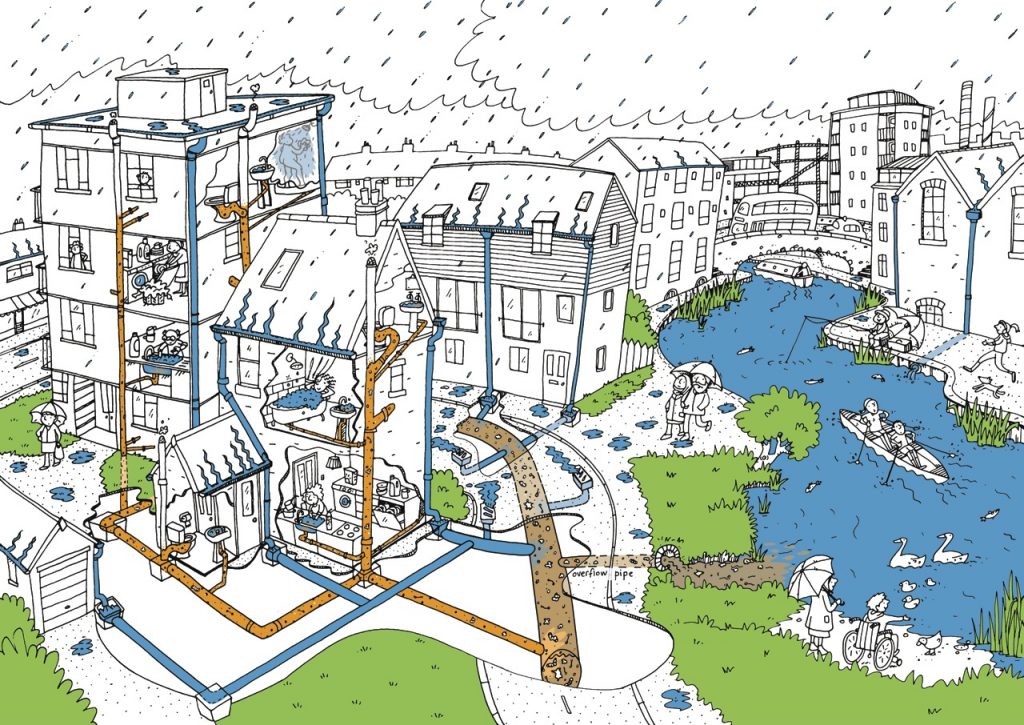
When our sewer system is operating normally waste water gets taken to our treatment works, where it is cleaned, treated and returned safely to watercourses and the sea.
During heavy rainfall storms, more water is getting into these pipes than they can cope with, so they have been designed with a relief mechanism to safely relieve the pressure on the network. These relief mechanisms are known as Combined Sewer Overflows, or CSOs. Storm water is released by an overflow pipe, which spills at designated points, into watercourses or the sea.
These watercourses include the River Leven, Endrick and these rivers are no different in this respect than the majority of rivers throughout Scotland which are also used in this way. Concerning the River Leven then there are around 400 discharge points along the river that Scottish Water can legally discharge sewage under the current licence arrangements which also dictate the concentration such sewerage discharge in such specific circumstances. There are some 31,000 combined sewers overflows across the UK.
Why do we have these Combined Sewer Overflows (CSOs)?
During heavy rainfall, Scottish Water have to protect customers and their homes and businesses from sewer flooding so this CSO ‘release’ system is vital. Without it the sewer network would back up, flooding homes, businesses, roads and open spaces with diluted sewage and rainwater, from manholes, drains and toilets.
Usually, this only happens when there’s been a heavy rain downpour or prolonged wet weather, so any water that is released into rivers or the sea is unlikely to cause environmental damage.
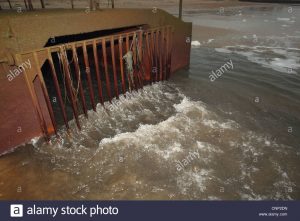
Do CSOs impact the natural environment?
Scottish Water have permission for sewers to overflow during heavy rainfall via environmental licences from our environmental regulators, Scottish Environment Protection Agency (SEPA).
All discharges into water courses must comply with quality standards set in these licences. The levels of untreated sewage in storm water that is discharged is very dilute so is unlikely to cause harm to the environment. SEPA monitor and take samples from the watercourses to understand if there is any impact to the environment.
What can impact the environment from CSOs discharging, is when there are items which have wrongly been flushed down the toilet mixed in with the storm water. Items commonly flushed down the toilet are wet wipes, cotton buds and female sanitary products. Items commonly put down drains are fats, oils and grease. These items can make their way into rivers, burns and coastal waters from CSOs, however this is easily preventable by only ever flushing the 3Ps (pee, poo and toilet paper).
Responsibility of Anglers
So whether you agree or not with the current system as operated by Scottish Water the above should provide an explanation as to how the system is currently designed to operate and why. The River Leven unlike most Scottish rivers does not respond to heavy prolonged period of rainfall in the same manner as most other rivers in Scotland which go into spate due to the presence of the barrier at Balloch. The effect of this is that even in periods of heavy rain or floods the river does not respond with spate conditions which makes the output of CSOs more noticeable.
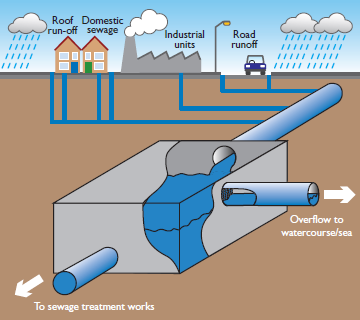
The above system is however designed to cease discharge after the period of prolonged heavy rain and potential flooding subsides. Therefore if anglers witness a discharge when prolonged rain or risk of flooding has since passed then this should be reported as a potential malfunction and abnormality. Such cases should be reported in the first instance to SEPA or Scottish Water . All anglers are encouraged to do so in such circumstances since sometimes these CSO’s are subject to failures.
The contact details for SEPA and Scottish Water are shown below.
In conclusion then hopefully we have described what the current process is in Scotland concerning Combined Sewerage Overflows (CSOs) to allow a greater understanding of what is occurring during the relevant weather conditions. In doing so then we have described the intended or ‘normal’ operating process. As stated if you witness something which is “abnormal’ then we ask you to act by contacting SEPA or Scottish Water using the details below.
There has been and continues to be an ongoing programme of significant investment by Scottish Water involving increasing storm water handling capacity and improving filtration in order to reduce the impact of the current system.
Some of the above information has been reproduced courtesy of Scottish Water. You can find out more information concerning Scottish Water and its operations using this link.https://www.scottishwater.co.uk/
SEPA:
Contact the Pollution hotline on 0800 80 70 60.
Report an incident via SEPA Website:https://www2.sepa.org.uk/EnvironmentalEvents
Scottish Water – Report a Problem
Scottish Water Customer Helpline: 0800 0778 778. Scottish Water operates a freephone Customer Helpline to handle any of your inquiries. This line is open 24 hours a day, 7 days a week. Or contact them via one of the following methods.
- Report a problem through our portal here
- On Twitter: @scottish_water
- On Facebook: www.facebook.com/scottishwater


